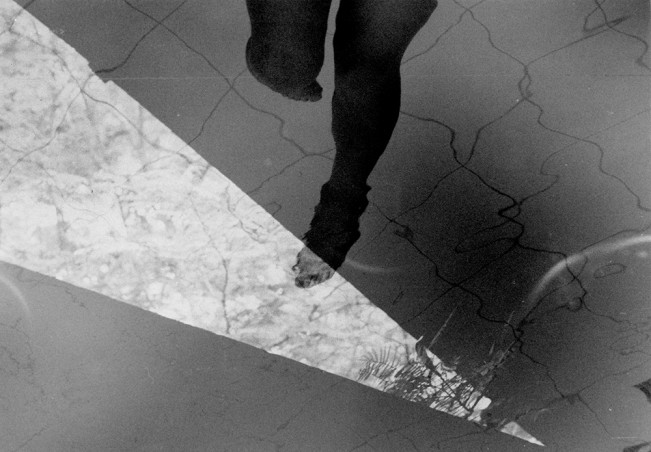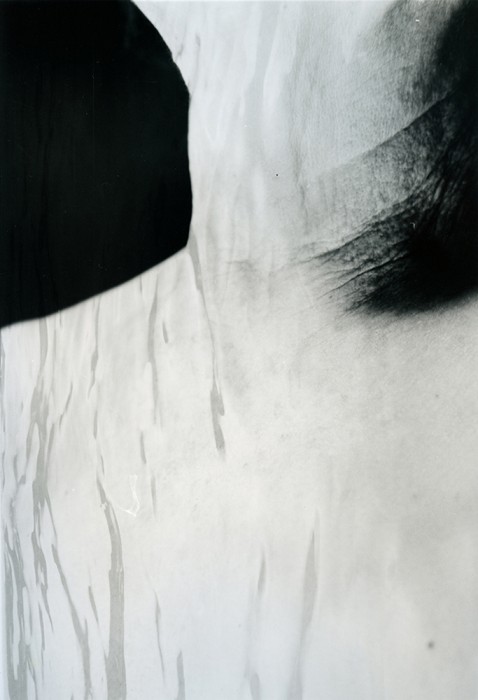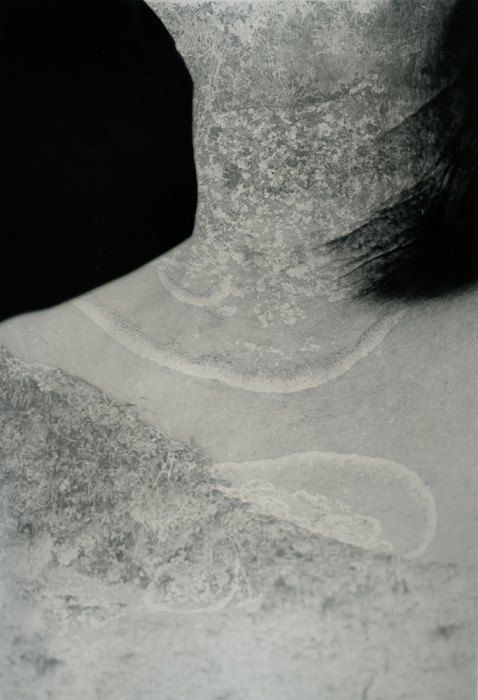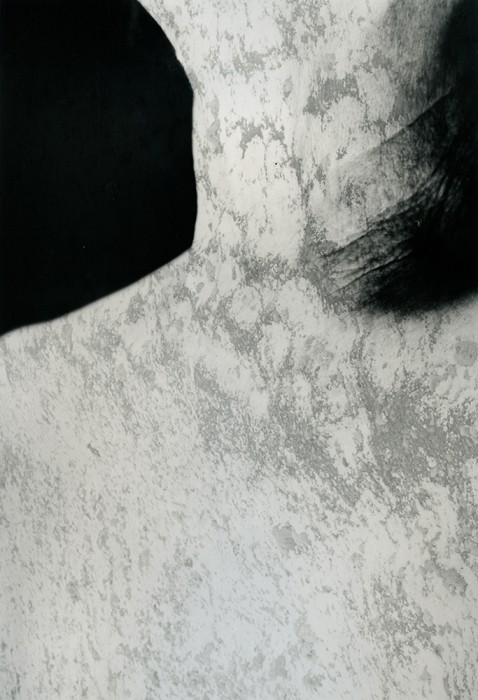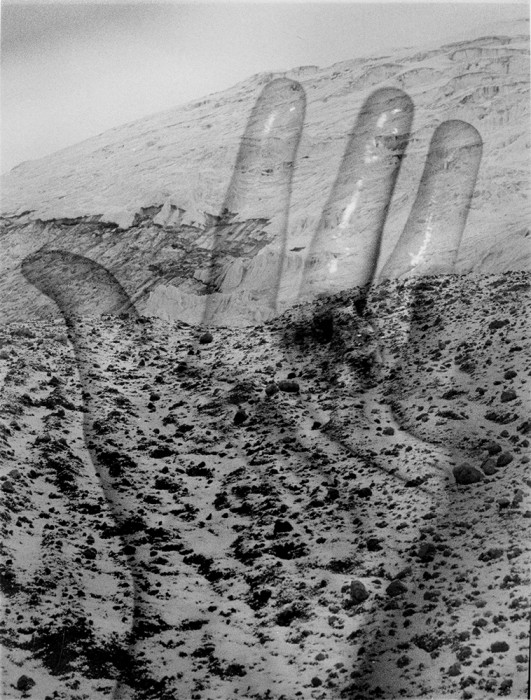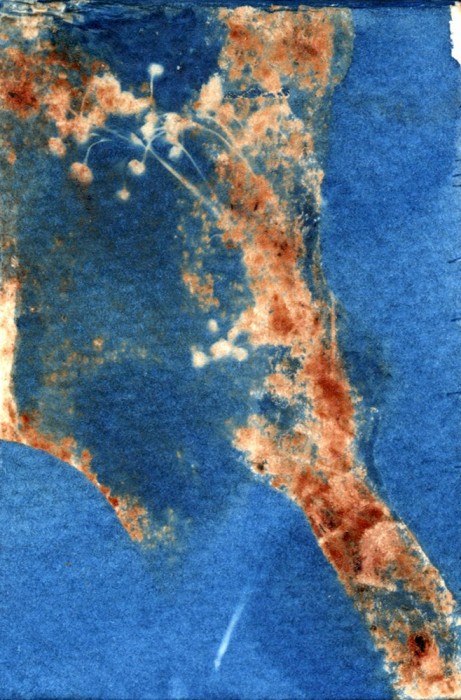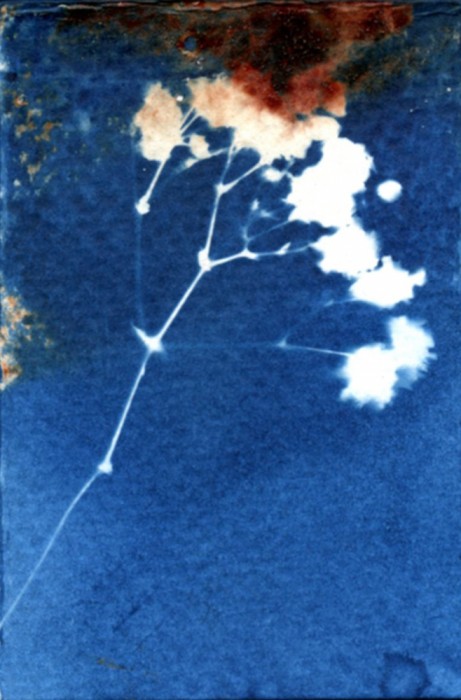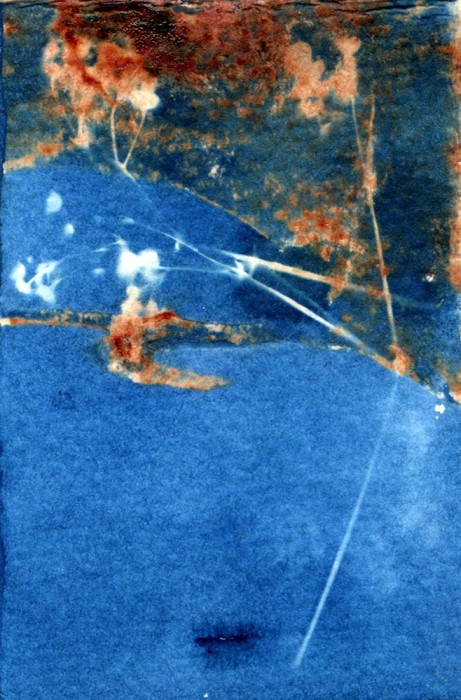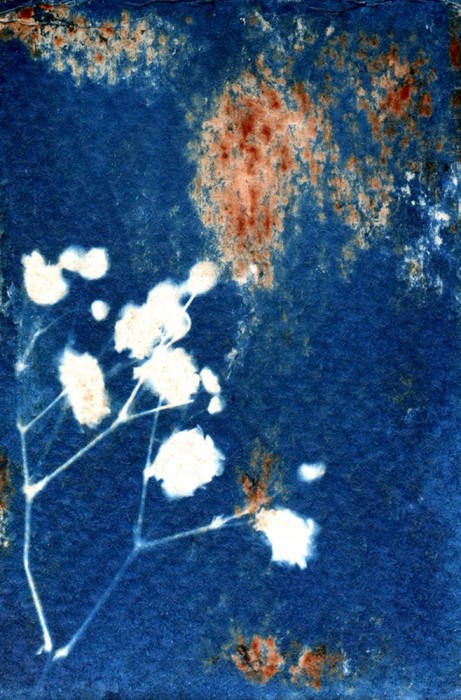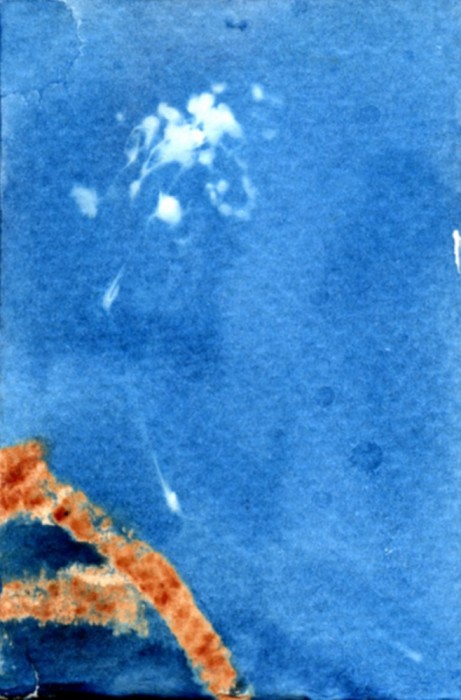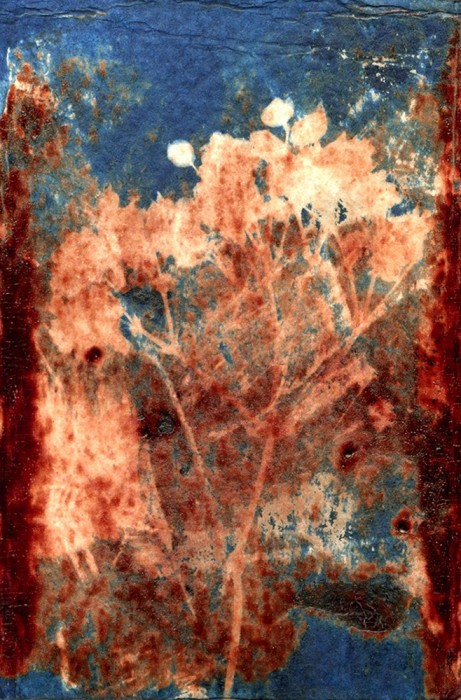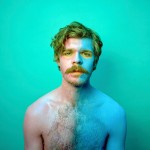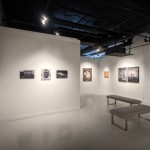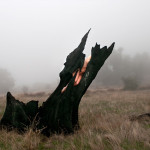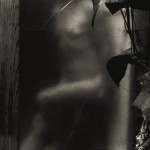Yazmeen P. Loaiza: DEFECTO DE UNA MEMORIA: BELONGING TO THE REALM OF LIVED EXPERIENCE
This week, I am excited to introduce five new Lenscratch Content Editors who will be providing expanded perspectives on a variety of topics. Today we feature Ecuadorian photographer, Yazmeen P. Loaiza. Her interest as an editor is to focus on Latin American photography, presenting the work of underrepresented or misrepresented peoples and an amalgam of 33 countries with very different identities and a varied cultures. An interview with Yazmeen follows.
Yazmeen P. Loaiza is an artist, photographer and educator from Ecuador. Her work explores the intervention of the photographic image and employs analog exercises for an introspection on the feminine and latina identity. She is also investigating the photographic image as performative through the work’s physical interactions with the viewer, challenging notions about our bodies and sexuality. Her work has been featured in exhibitions at +ARTE Gallería, Ortiga Ideario Urbano, Nave Residency by New Works, Underexposed Magazine and Maar Ediciones Fotográficas. Yazmeen received her BA in Liberal Arts at King’s College London and lives and works in Quito. Instagram: @yazmeenpl
1 + 1 = 1
I love watching things grow. Nature is all around me and all I have to do is to observe, reshape experience. This has been my approach to photography in these two projects, reshaping, mutating and masking. By merging images and elements we are given the option to feel silences and read photographs in different terms. Nothing is meant to be rendered, these are identity and memory processes that have become pleasurable objects.
Imagine this, double exposures in a dark room, infinite possibilities of recreating what we perceive as reality. 1+1 = 1 is the result of masking bodies with nature (Cotopaxi, Quilotoa, Canelos), agitating the representation of women’s bodies. Those that have been overly represented by others in their own terms – how that body should be, what it should mean and what it should look like.
Tell us about your growing up and how you came to photography?
My grandma had cameras in her drawers, I lived with her for some time during my childhood. I remember coming back from school and going through her drawers. She had huge photo albums from her ballet years, my mother’s first steps and so many other memories. From time to time I’d try to understand how to take photos with her Pentax Asahi and she’d be furious that I went through her stuff again. So, my parents bought a Kodak EasyShare C330 and gave it to me for my birthday. I was lucky when I was growing up, we went to my uncle’s farm a lot. But this farm was special, it was part of a rainforest. I spent entire days running after all kinds of species with my camera, completely in love with nature.
As a Content Editor for Lenscratch, what are you excited about bringing to the site?’
Good Latin American photographic content. That is my first goal. There are many, vastly different realities in this continent. I believe it is important to grasp how abundant the latino community is, that we all have different identities and very different cultures and ancestors.
I am also very interested in the representation of women’s lives in Latin America. Their practices, their routines, their rights, their beliefs, etc. Violence has inhibited many from being allowed to have access to educational or health systems. Through photography, I want to start conversations about these topics.
How important is writing to your practice?
I’ve always loved reading, so writing became second nature. It is one of the most important parts of my own creative process. I usually do extensive research on the topic I am interested in and then the process of drawing and reifying ideas in written form allow me to envision what things mean from my perspective and how they might look.
Who and/or what inspires you?
I am inspired by nature most of the time. It is usually a gateway to spirituality, science, history, our reality, elements, water, the sun, ancestors, myself, etc.
I’m inspired by people who come together to share with one another, gatherings and rituals / dinner or a performance. Those instances in which participation means love, admiration, humanity and the awareness of time and memory.
My grandma is just as inspiring as Graciela Iturbide for me, it’d be hard to name one or a few people. However, I’d say that the more I grow up the better I become at listening to very different realities. I am fascinated by culture.
Your series, 1 + 1 = 1 is a personal telling of self, memory, and gender. What do you want the reader/viewer to take away from this work?
That’s a hard question. I never really want an answer from photography. Its ontology has changed so much from its origin days. I never wish to represent the truth, I don’t think I can. But, I definitely seek for and enjoy introspection, rebellion and the lack of comfort. Hopefully they’ll feel something and I hope they’re confused enough to look at the images for a while. What I love about this series is that everyone has a very different idea about what is being represented and that is where memory plays its part. Our perception of a work of art changes so much depending on who we are. I just want to make something that will allow you to come out of your own skin and have a chat. I believe one of the most important things about having conversations about art is allowing oneself to feel empathy.
Tell us about your use of double exposures.
It all started with my Pentax. I’m sure I had seen double exposures before I used this camera, however, there was a problem with my camera and I made some double exposures by mistake. After that, I was just really amazed by the possibilities. I started developing and printing my own photos. It wasn’t so difficult to do analogue photography back in London, there was this great photo lab, Photofusion, in Brixton. I fell for it, I loved printing my own photos and when I came back to Quito I managed to buy some equipment to make my own lab.
I sort of felt like an outsider in London and when I came back, I had missed so much that I felt like an outsider too. I began traveling around Ecuador, I always missed nature, MY nature and photographing it gave me a sense of identity. Anyhow, I started printing and experimenting with these photos in the darkroom. With double exposures, I was trying to join bodies that I loved and fuse them with the places that I loved.
The way in which women’s bodies are portrayed throughout history is weird. Isn’t it? I mostly showcase women for my photos, I try to challenge our perception and preconceived notions about our bodies.
I photographed my grandma a lot. At first she was reluctant and hated the idea of being captured by the camera. She told me that wrinkles are too telling and that she disliked their presence on the image. I think she was photographed a lot when she was a ballerina and felt uncomfortable with ageing in front of a camera. But little by little, when I showed her the double exposures, she was interested in discerning which parts were her skin and which were part of the volcanic rocks of Cotopaxi (because they had become one and the same). She didn’t really care much about understanding what I was doing, but I like to think that she felt important and less uncomfortable with her image.
Estela
Estela explores cycles and the complexities of my relation to my own body after an ovarian surgery. By coating cyanotype emulsion over my blood, a journal is created, a multilayered story of symbolic communication. It is an ongoing inquiry about my relation to other growing, living beings under the lunar calendar.
These explorations lay between lived experience and memory, creating dialogues between aesthetics and legibility.
I am intrigued by your use of menstrual blood in relationship to life cycles—human, plant, and the moon. Can you share your thoughts about those relationships?
With this series, Estela, I felt that I had found my own language. When I was in Nave, an artist residency in Guayllabamba, there was enough space for growing plants and harvesting jicama. The plants that they grew were gypsophila and they were sold for flower arrangements for funerals. Some time ago, I had begun planting and researching about the lunar calendar. It allows one to observe plants in detail and to understand when they need what they need, a means of symbolic communication. So, I observed and collected gypsophila in its different lunar stages.
While this was happening, I was having a complicated relation with my own body. I had surgery a couple of years ago, an ovarian cyst was removed. Since then, it has been hard to feel comfortable with all the hormonal treatments that were required. My menstrual cycle was always different and it was an uncomfortable reminder that things were not well on the inside. I found myself trying to change my relation to it or how I perceived it. When I got the idea of collecting my blood, as I did the gypsophila, I had to concentrate on the details. So I researched, inspiration came from the study of The History of Religions by Mircea Eliade. Learning about oneself is true empowerment. I painted with my blood on watercolor paper and started to anxiously expect it every month. It was then, when I wanted to create compositions and thought about cyanotypes and making photograms. I never perceived myself too different from plants, I think I wanted to heighten the complexities of our experiences with the lunar cycle.
These cyanotypes were confusing to people, they looked like old Andalusian tiles. Many told me that they were drawn by them, that the colors and the subject were especially affective. Estela exposed my lack of knowledge on the content of our menstrual blood, the physiological processes. It is a work in progress. However, when showing these, there is a public discussion about womanhood and our relation to our bodies. Many women are still taught to be embarrassed or they are told that they are sick when menstruating, so having these conversations is difficult. It is generally a very negative stigma for women in Ecuador.
These are my own experiences and as a response to vulnerability I have sought for a powerful presence.
What’s next?
Well, I am now looking forward to participating in this platform as an editor! I am still working on my menstrual-blood-cyanotypes, I think it is a long term project. I also wish to explore different formats, to think about the concept behind the materials that we use for photography. I am currently making photographs on glass, it makes the piece very vulnerable but very engaging when it comes in contact with light.
It has become a piercing pursuit, finding ways to talk about violence against women in Ecuador, to intefere and agitate. According to CEPAM Guayaquil, “61 women have been brutally murdered since the beginning of this year”. I am enraged about what women are going through, now, under lock down with abusive partners or family members. The truth is that I live in a misogynistic, abusive state and I am tired of feeling afraid. I have recently begun a project with the help of CEPAM on this topic, but I am very cautious about the representation of this issue and it will take a long time to research and develop.
In October, I will have a solo exhibition in +ARTE in Quito and I will be featuring some of the pieces that you’ve seen here.
Finally, describe your perfect day—and don’t forget to tell us who is on the soundtrack!
I live in the Andes, mountains and volcanoes are my daily vistas. There is this magical place called Papallacta, at an altitude of 3300 m. It’s only an hour or two away from Quito. A perfect day is a quick getaway to nature and thermal springs. Driving there is an experience in itself, these mountains look like they’re from a different planet!
Nathy Peluso – Buenos Aires, La Sandunguera, BUSINESS WOMAN, Hot Butter
Spinetta – Canción para los días de mi vida, Barro tal vez, Bajan,
Novos Baianos – Misterio do Planeta
Tom Jobim – Chega de Saudade
Perotá Chingó – Aguas (Album)
Caetano Veloso – Nine Out of Ten
Cartola – Preciso Me Encontrar
Susana Baca – Maria Lando
Cornelius – Drop
Homero Hidrobo – Pasional
Sandro – La Vida sigue igual, Rosa
I LOVE Elton John & Stevie Wonder
Posts on Lenscratch may not be reproduced without the permission of the Lenscratch staff and the photographer.
Recommended
-
Salua Ares: Absense as FormNovember 29th, 2025
-
Ricardo Miguel Hernández: When the memory turns to dust and Beyond PainNovember 28th, 2025
-
Pamela Landau Connolly: Columbus DriveNovember 26th, 2025
-
KELIY ANDERSON-STALEY: Wilderness No longer at the Edge of ThingsNovember 19th, 2025
-
Jackie Mulder: Thought TrailsNovember 18th, 2025


